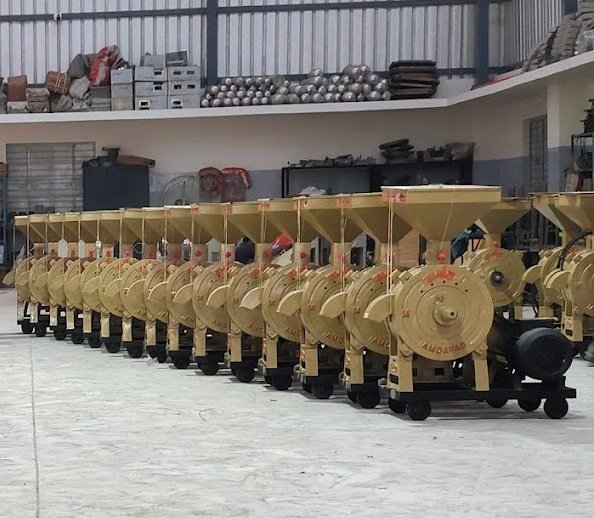Modern flour milling has come a long way from traditional hand-operated chakki setups. Today’s atta chakki machines are faster, cleaner, and more reliable — but only when built with the right components. For anyone involved in grain processing, understanding what goes into an efficient flour mill setup can make a big difference in output and maintenance.
1. High-Quality Grinding Mechanism
At the heart of any flour mill lies the grinding system. Whether it’s a third pedestal flour mill or a compact commercial unit, quality grinding stones or blades ensure consistent particle size and faster output. Durability of these parts also reduces the need for frequent replacements.
2. Durable Body & Structure
Cast iron and mild steel are common in machine bodies, but newer models now include stainless steel elements in areas that contact food. This improves both hygiene and lifespan — especially in humid or high-load environments.
3. Efficient Discharge and Dust Control
Flour mills often deal with fine powder and airborne particles. To maintain cleanliness and safety, many units are fitted with dust collection systems and discharge pipes. This is where 304 stainless steel welded pipes come into play.
These pipes are:
- Rust-resistant
- Food-safe
- Easy to clean and maintain
Sourcing them from a reliable stainless steel welded pipe manufacturer ensures you meet modern hygiene and durability standards.
4. Motor and Power Systems
A powerful, energy-efficient motor matched with the right pulley system determines how smoothly your chakki will run. Look for machines where the motor is properly enclosed and protected from flour dust.
5. Spices, Pulses & Masala Processing
If your setup includes a kandap machine, pulverizer, or masala grinder, make sure all product-contact surfaces — including pipes and chambers — are made from 304-grade stainless steel. This prevents contamination and flavor transfer, especially important when processing different spices or pulses.

